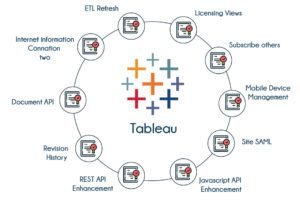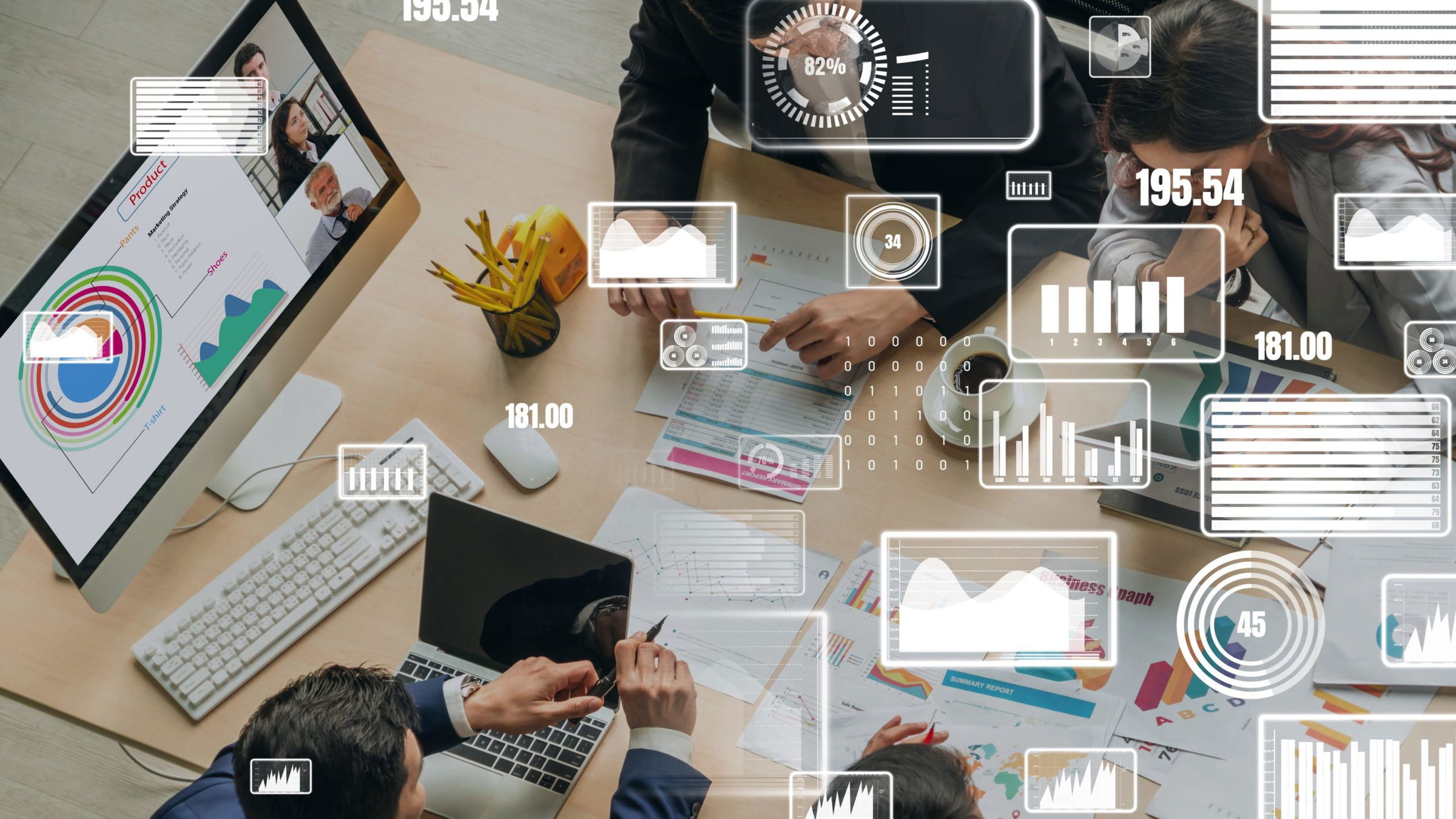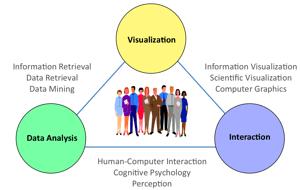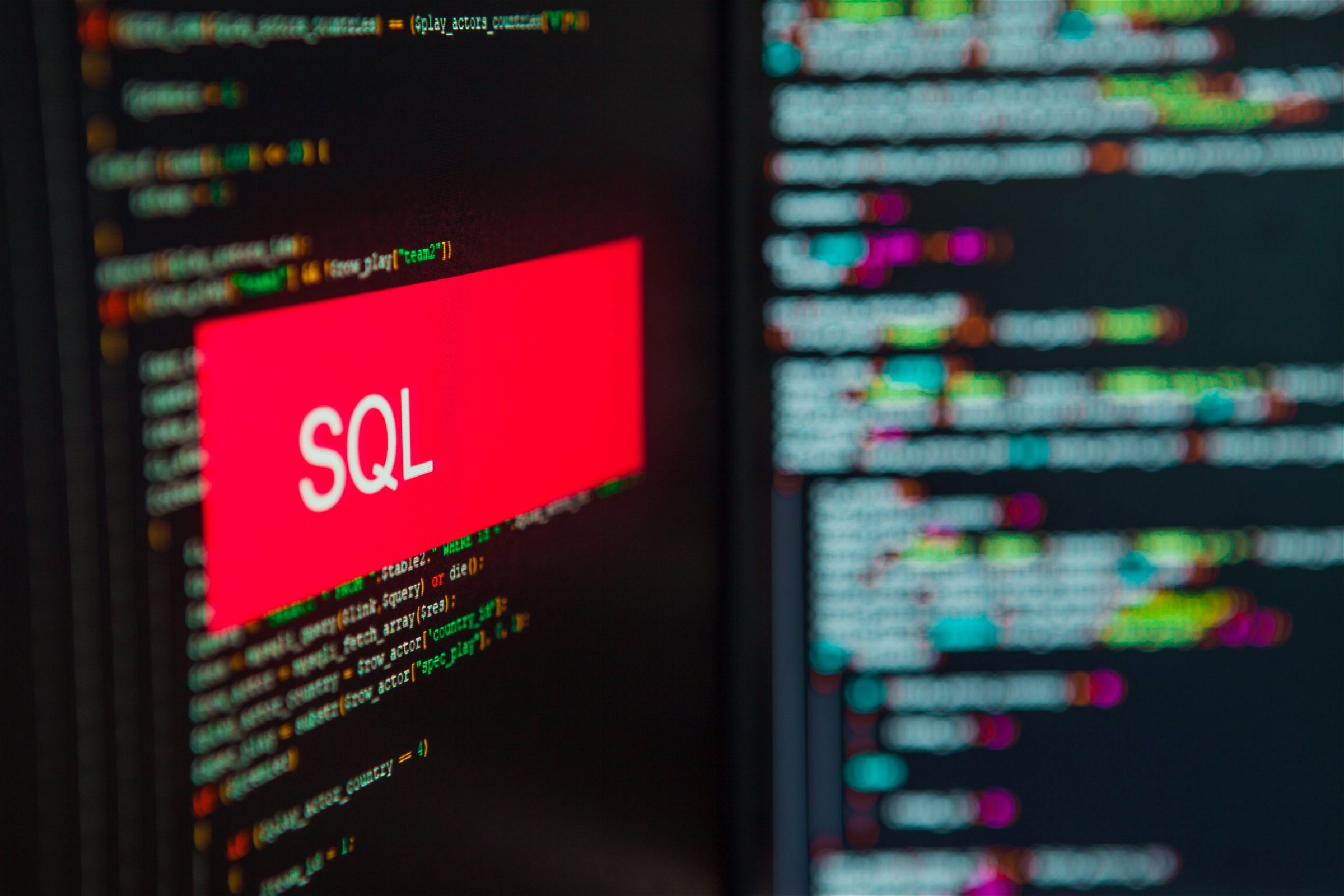There are several prospects for Tableau professionals. It was formerly a data visualization suite, but you can see the data management add-on in its latest version. As a result, the need for Tableau experts is increasing rapidly. If you are still unconvinced about the benefits, it can offer to your career; this is the post for you.
What is Tableau?
Tableau is the business intelligence industry’s fastest-growing data visualization platform. It assists you in converting textual and numerical data into visual dashboards that allow people to see and comprehend their data. Tableau’s dynamic, simple, quick, and user-friendly design has made it highly popular. The beautiful thing about Tableau is that it does not require any technical or programming knowledge to operate.
The Advantages of Completing Tableau Course
If coding isn’t your thing, but you want to work in an exciting field, being a Tableau specialist is an excellent choice. Furthermore, even if you have no technical capabilities, you may become a qualified professional. You have to choose the tableau training certification and start creating the groundwork for your profession. So, here are some considerations for deciding whether or not to study Tableau.
Tableau courses provide several sorts of visualization possibilities. This improves the overall user experience. Tableau is simpler to learn than Python.
provide several sorts of visualization possibilities. This improves the overall user experience. Tableau is simpler to learn than Python.
Those with no coding skills or understanding may also rapidly learn Tableau. Users may construct an extraordinarily interactive visual representation using Tableau’s drag and drop features.
Tableau can easily manage millions of rows of data. You may use significant volumes of data to generate various sorts of visualizations without interfering with the functionality of the dashboards.
Additionally, Tableau has a ‘live’ option for connecting to other data sources such as SQL. Tableau Dashboard provides an excellent reporting tool to tailor the dashboard to devices such as smartphones or laptops.
Future Roles in Tableau Professionals
Analytics knowledge and Tableau proficiency may propel you to the top of your field. We live in a competitive technological world driven by innovation and transition. Big Data, Artificial Intelligence, Machine Learning, Deep Learning, Cloud Computing, and the Internet of Things are just a few of the technologies permeating practically every sector to grow even more in the future. When seen through an analytics platform like Tableau, these developments may give rise to many jobs.
The need for Tableau professionals is expanding all the time. Thus more people are deciding to add this ability to their toolbox. The most effective method to accomplish this is to get Tableau training and certification from a reputable and competent training source.
Learn tableau course with Imarticus Learning
This tableau course will teach students to apply data science in the real world and build complicated models that yield critical business insights and projections.
Course Benefits for Learners:
- Students should be familiar with data analytics, machine learning principles, and the most popular data science tools and methodologies.
- To achieve a tableau certification, students must complete 25 real-world projects and case studies led by corporate partners.
- Data visualization using tableau software is one of the most in-demand skills in today’s industry. Therefore fresh graduates and early-career professionals should consider enrolling.
Contact us through chat support, or drive to one of our training centers in Mumbai, Thane, Pune, Chennai, Bengaluru, Delhi, and Gurgaon.











 Having a good grip on the subject matter will give you an edge over other candidates.
Having a good grip on the subject matter will give you an edge over other candidates. 